Inbox and Environment News: Issue 439
February 23 - 29, 2020: Issue 439
Hot Days Forecast: Please Keep Your Bird Baths Topped Up Or Put Out Shallow Dishes Of Water In The Shade For Local Fauna
Curl Curl Clean Up: Feb 23 - NB Clean Up Crew
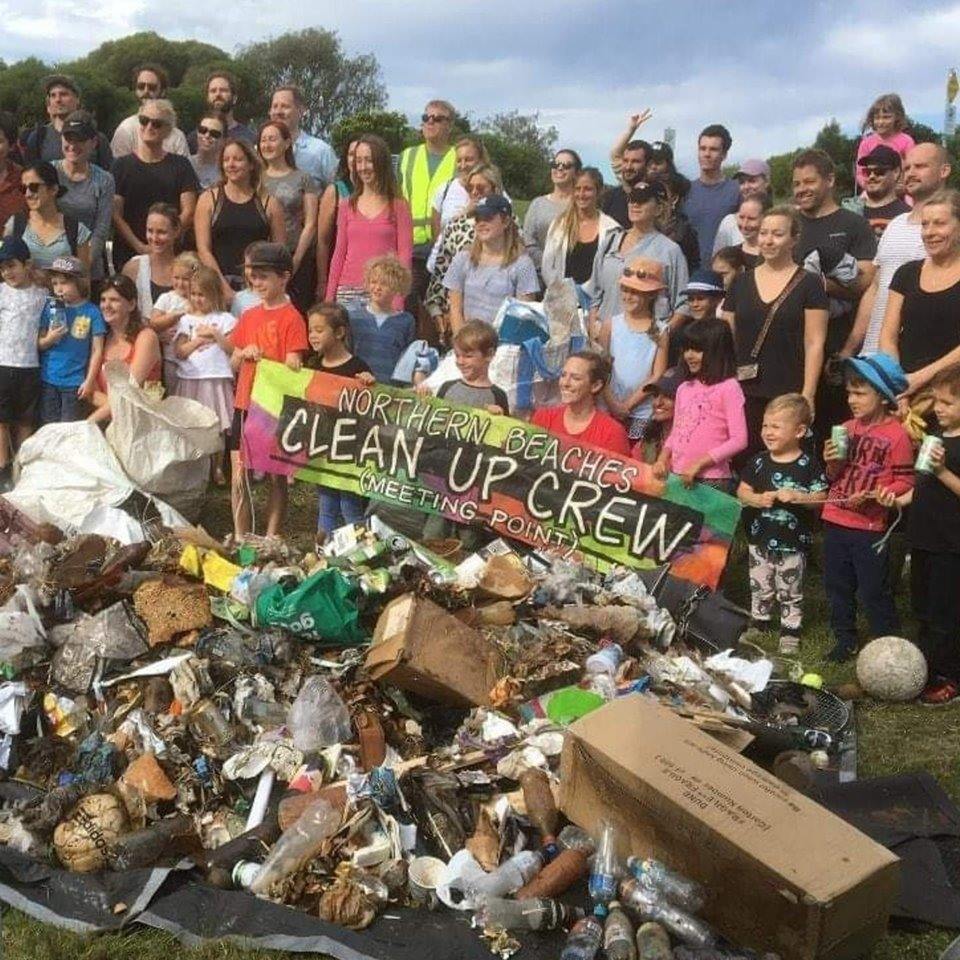
Friends Of Narrabeen Lagoon February 2020 Forum - Catchment Secrets Of Narrabeen Lagoon Catchment: Discoveries So Far In The 21st Century
 Next Forum: 7pm Monday Feb 24, 2020
Next Forum: 7pm Monday Feb 24, 2020Friends Of Narrabeen Lagoon Catchment: Bushwalks 2020
PNB 1st Meeting For 2020: Habitat Protection
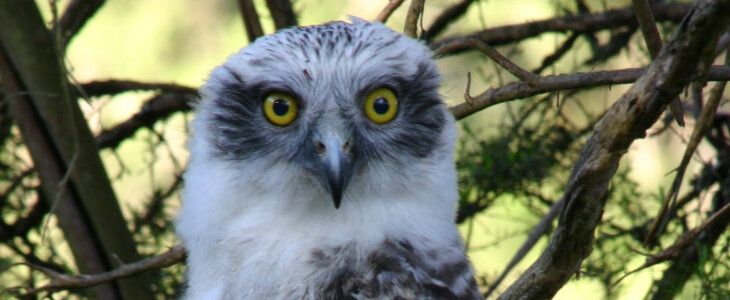
North Narrabeen Beach Clean: March 1- Legends Cleaning Beach Vol. 6.
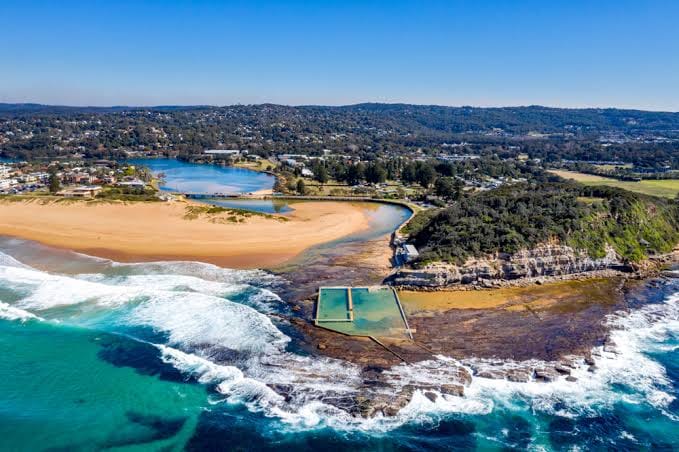 Hosted by Legend Element
Hosted by Legend ElementBush Regeneration Dinner
- Amuse bouche
- Earth crackers and plant based dips (gf df v)
- Entree
- Heirloom carrots 3 ways, almond ricotta, wild fennel (gf df v)
- Main (choice of)
- Fermented mushroom, parsnip gnocchi, charred tomatoes (gf df v)
- or
- Pork, apple, kakadu plum, potato mille feuilles, beach mustard (gf df)
- Dessert
- Coconut wattleseed biscuit, passionfruit curd, mango gel, mint gelly (gf df v)
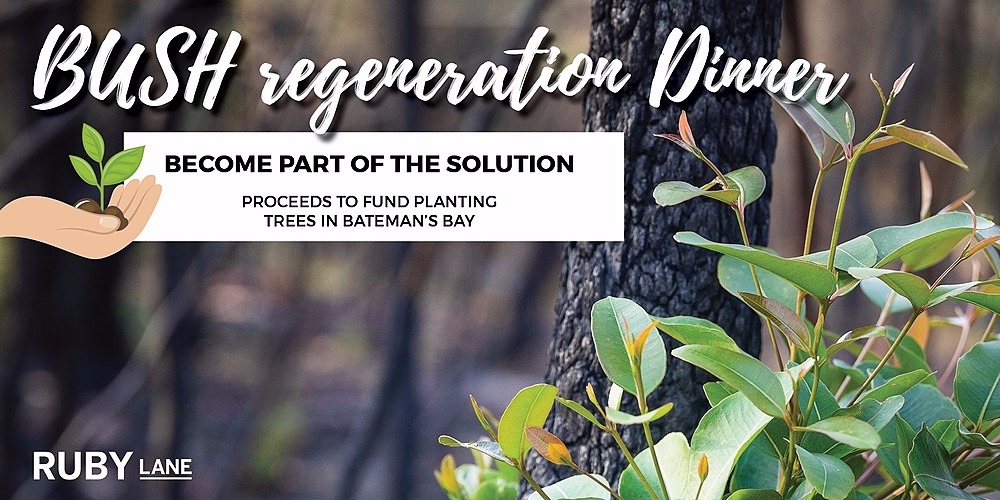
Climate Action Now: What Will It Take To Make It Happen?
- Zali Stegall (Independent MP for Warringah
- Kristina Keneally (Labor Senator for NSW)
- David Shoebridge (Greens NSW Upper House MP)
- Vivienne Paduch (School Strike 4 Climate Activist)
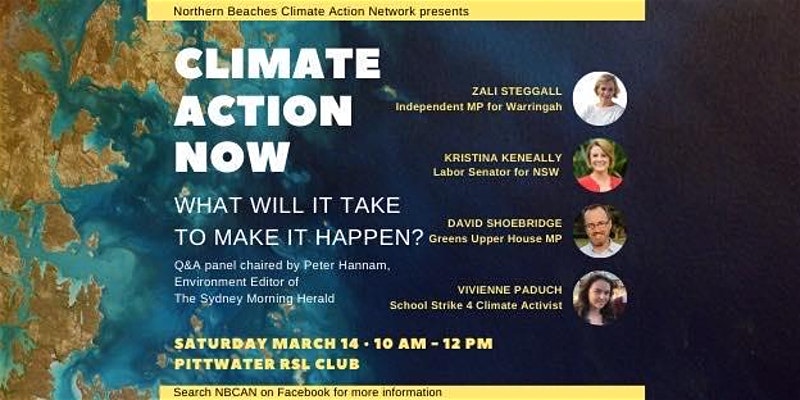
Rock Platform Tour
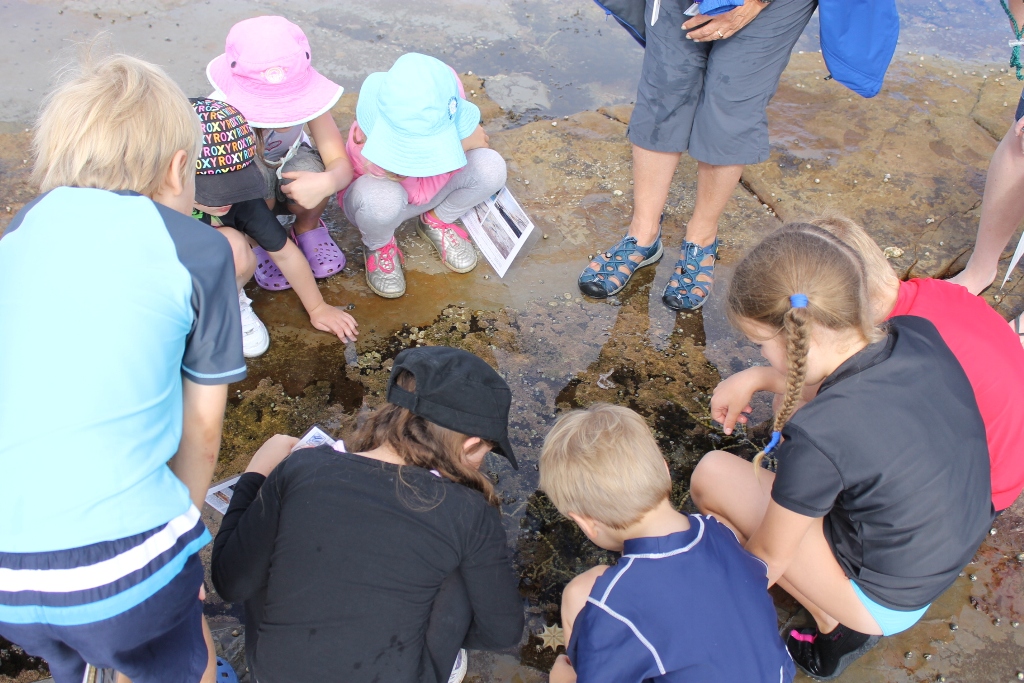
Offshore Clean Energy Infrastructure - Proposed Framework: Consultation
.jpg?timestamp=1579841018012)
Extension To Submissions For EPBC Act Review
Wildlife Care This Summer
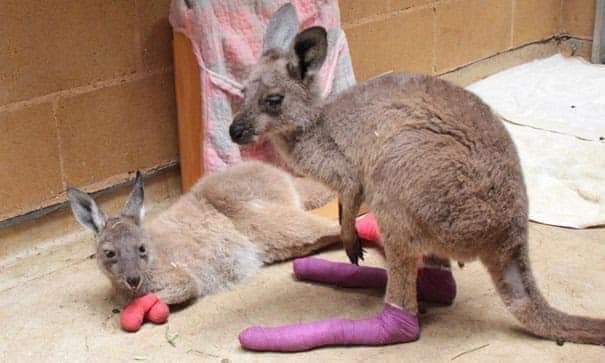
Bushcare In Pittwater
Where we work Which day What time
Avalon
Angophora Reserve 3rd Sunday 8:30 - 11:30am
Avalon Dunes 1st Sunday 8:30 - 11:30am
Avalon Golf Course 2nd Wednesday 3 - 5:30pm
Careel Creek 4th Saturday 8:30 - 11:30am
Toongari Reserve 3rd Saturday 9 - 12noon (8 - 11am in summer)
Bangalley Headland 2nd Sunday 9 to 12noon
Bayview
Winnererremy Bay 4th Sunday 9 to 12noon
Bilgola
North Bilgola Beach 3rd Monday 9 - 12noon
Algona Reserve 1st Saturday 9 - 12noon
Plateau Park 1st Friday 8:30 - 11:30am
Church Point
Browns Bay Reserve 1st Tuesday 9 - 12noon
McCarrs Creek Reserve Contact Bushcare Officer To be confirmed
Clareville
Old Wharf Reserve 3rd Saturday 8 - 11am
Elanora
Kundibah Reserve 4th Sunday 8:30 - 11:30am
 Mona Vale
Mona Vale Mona Vale Beach Basin 1st Saturday 8 - 11am
Mona Vale Dunes 2nd Saturday +3rd Thursday 8:30 - 11:30am
Newport
Bungan Beach 4th Sunday 9 - 12noon
Crescent Reserve 3rd Sunday 9 - 12noon
North Newport Beach 4th Saturday 8:30 - 11:30am
Porter Reserve 2nd Saturday 8 - 11am
North Narrabeen
Irrawong Reserve 2nd Saturday 2 - 5pm
Palm Beach
North Palm Beach Dunes 3rd Saturday 9 - 12noon
Scotland Island
Catherine Park 2nd Sunday 10 - 12:30pm
Elizabeth Park 1st Saturday 9 - 12noon
Pathilda Reserve 3rd Saturday 9 - 12noon
Warriewood
Warriewood Wetlands 1st Sunday 8:30 - 11:30am
Whale Beach
Norma Park 1st Friday 9 - 12noon
Western Foreshores
Coopers Point, Elvina Bay 2nd Sunday 10 - 1pm
Rocky Point, Elvina Bay 1st Monday 9 - 12noon
Gardens And Environment Groups And Organisations In Pittwater
Pittwater Reserves
Ten Minute Histories: The Rock Lily And The Orchid On North Head
Rock Lily Hotel, circa 1907 - Photo courtesy TROVE- National Library of Australia.
High Res version for those who like to zoom in. Interestingly the name of this premises then became the name of that area with people born at home, long before there was a hospital, having 'Rock Lily' as their place of birth on their birth certificates - even into the early 1920's.
The Hotel itself was named for the profusion of Rock 'Lillies' that once grew everywhere in Warriewood and Mona Vale, Dendrobium speciosum.
More in: Pittwater Restaurants You Could Stay At The Rock Lily Hotel – Mona Vale
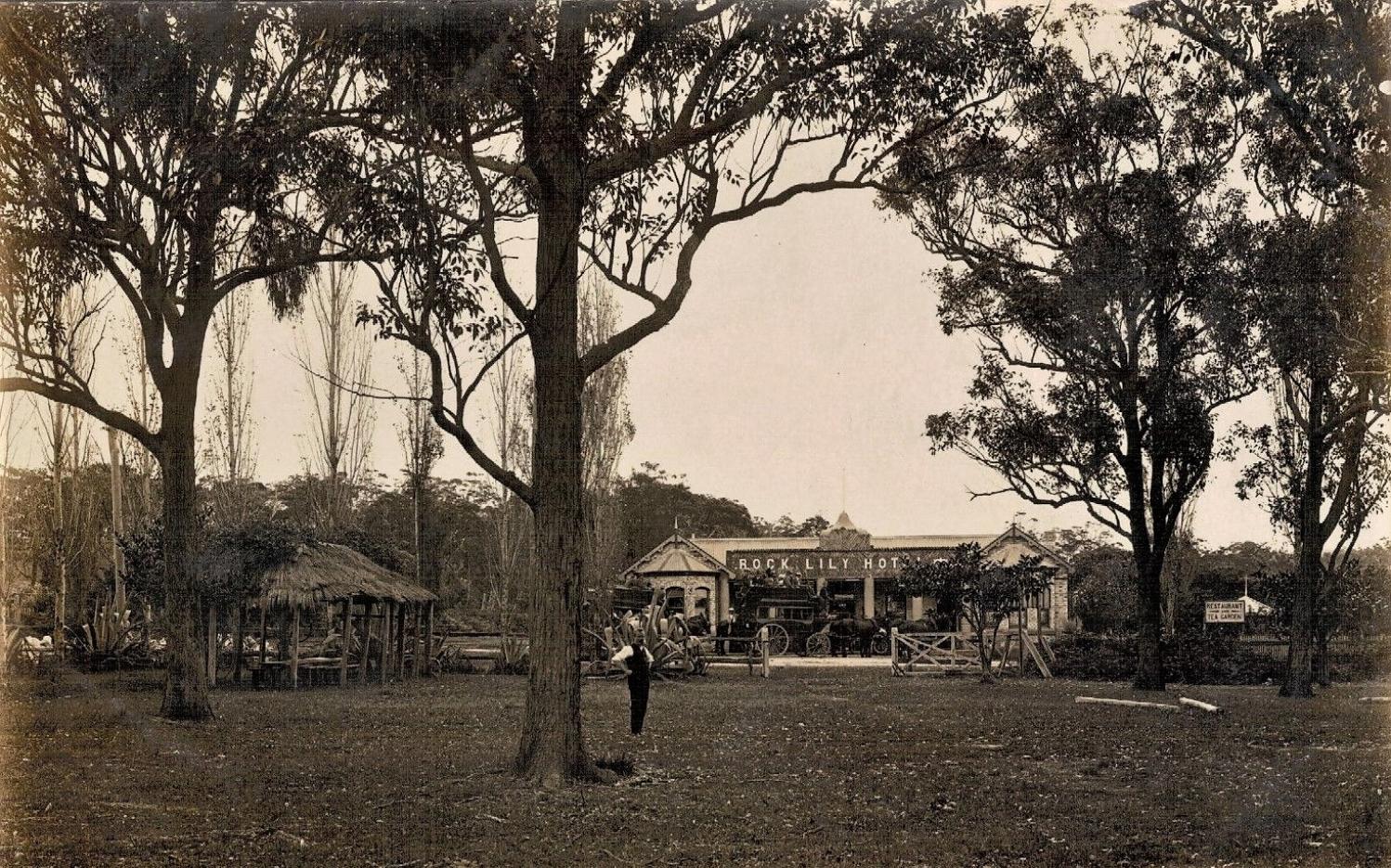
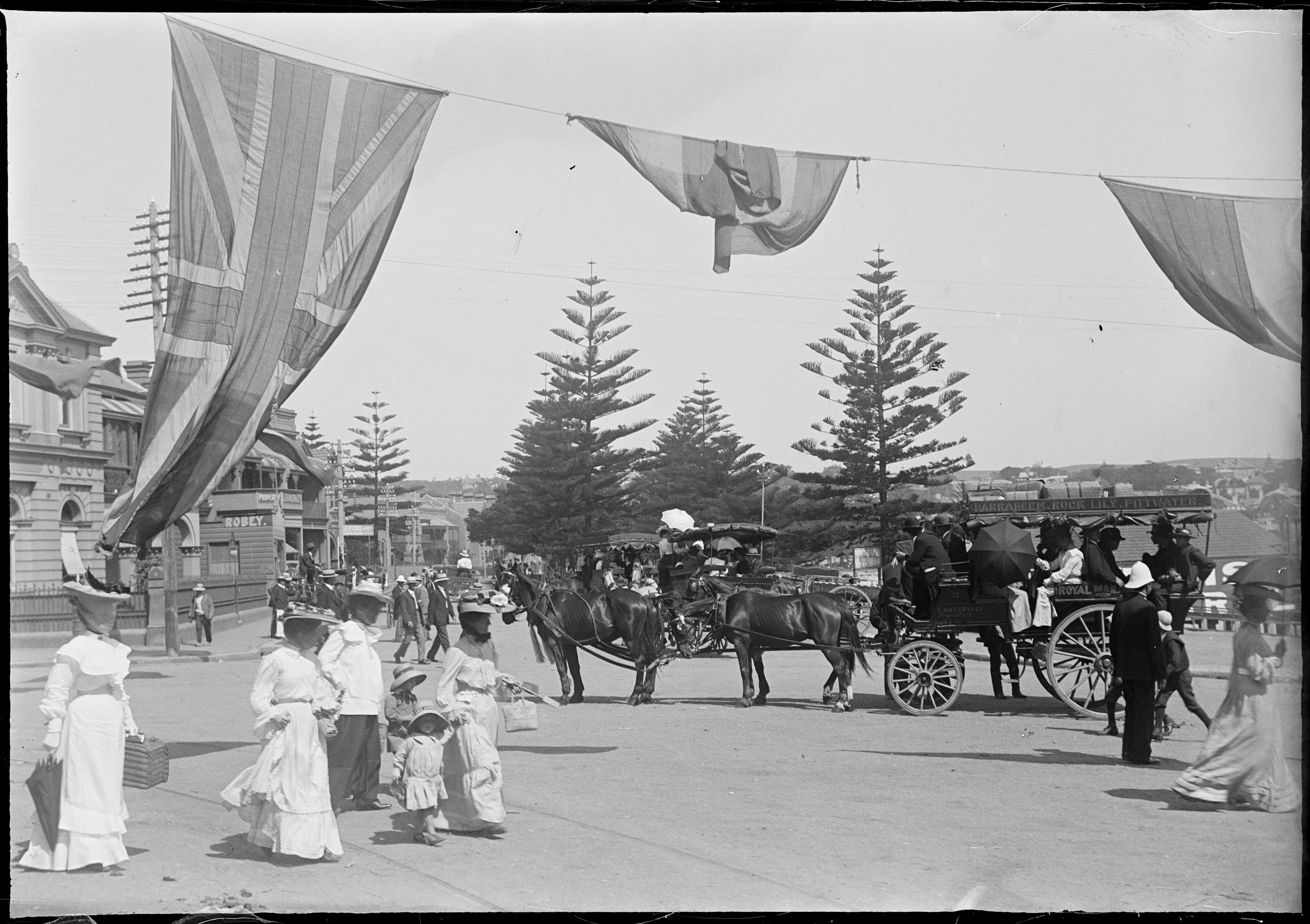
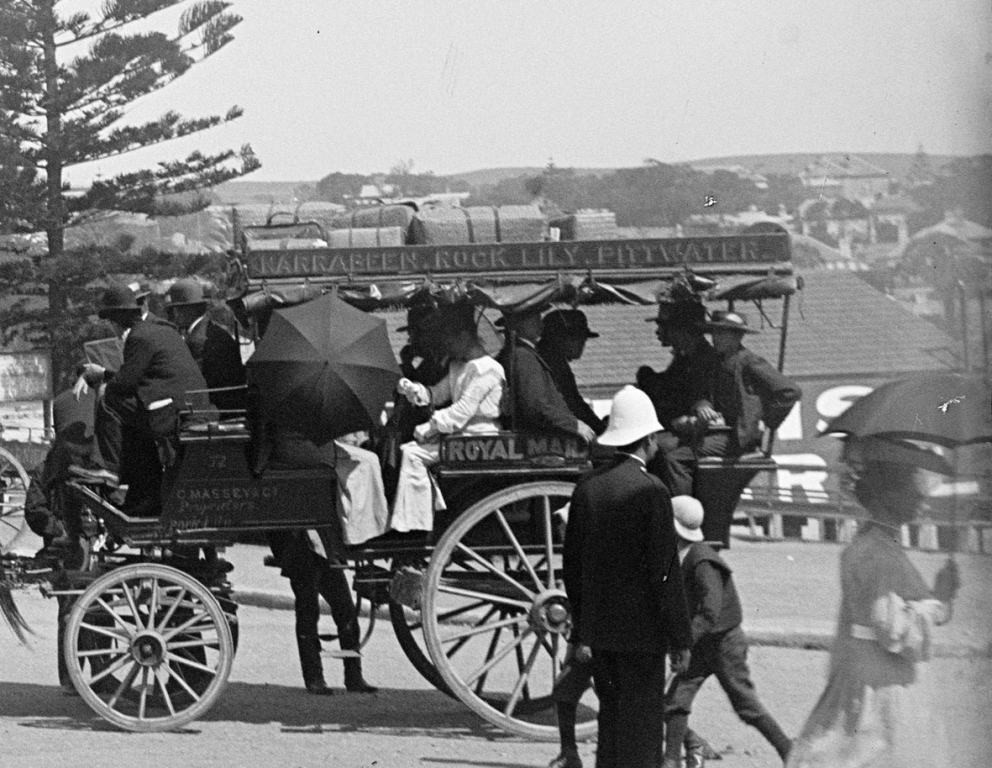
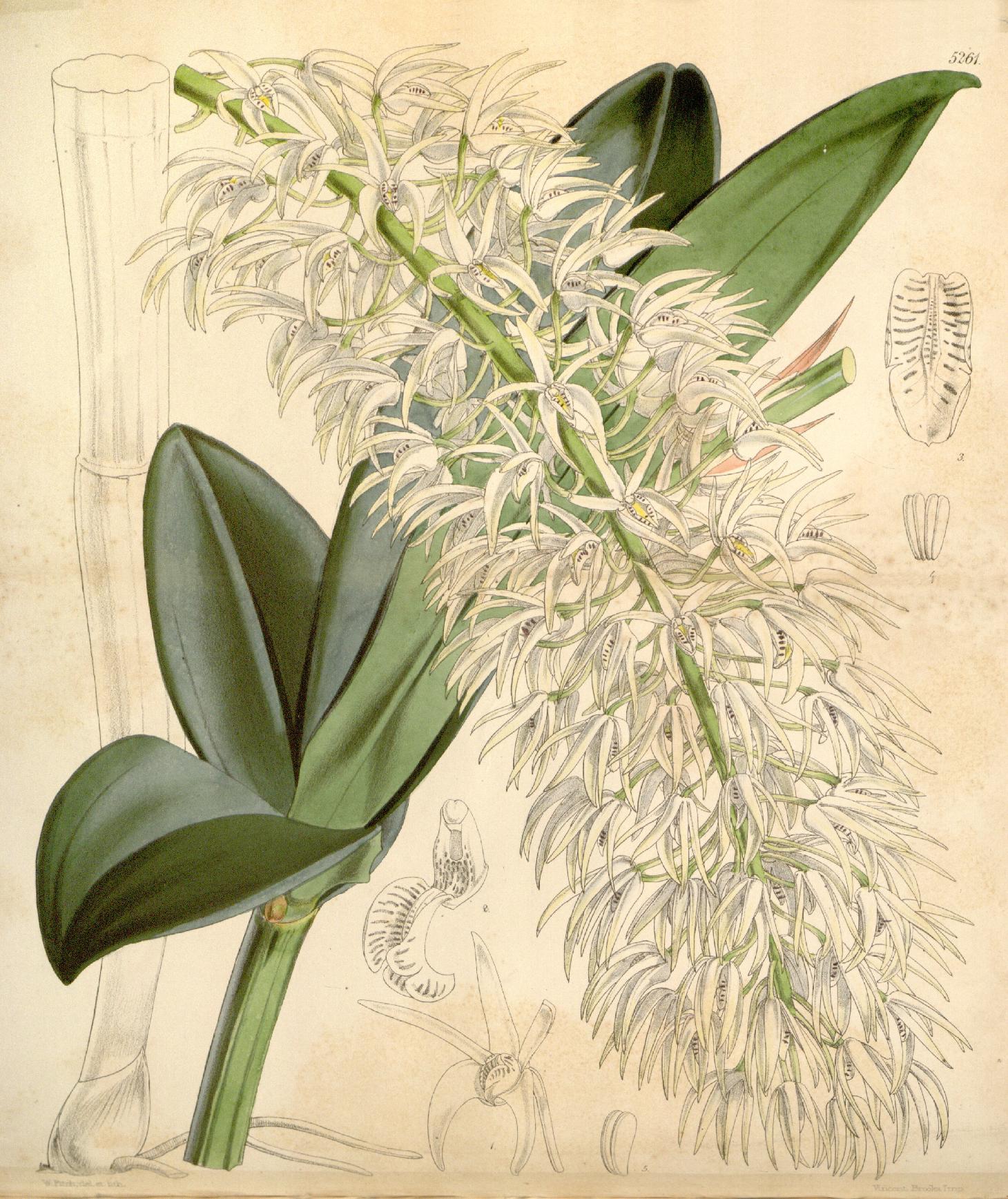
Illustration of Dendrobium speciosum var. hillii (as syn. Dendrobium hillii Hook.) - Date: 1861 - Source: "Curtis's Botanical Magazine" vol. 87 (Ser. 3 no. 17) pl. 5261
Author: Walter Hood Fitch (1817-1892) del. et lith. Description by William Jackson Hooker (1785—1865)
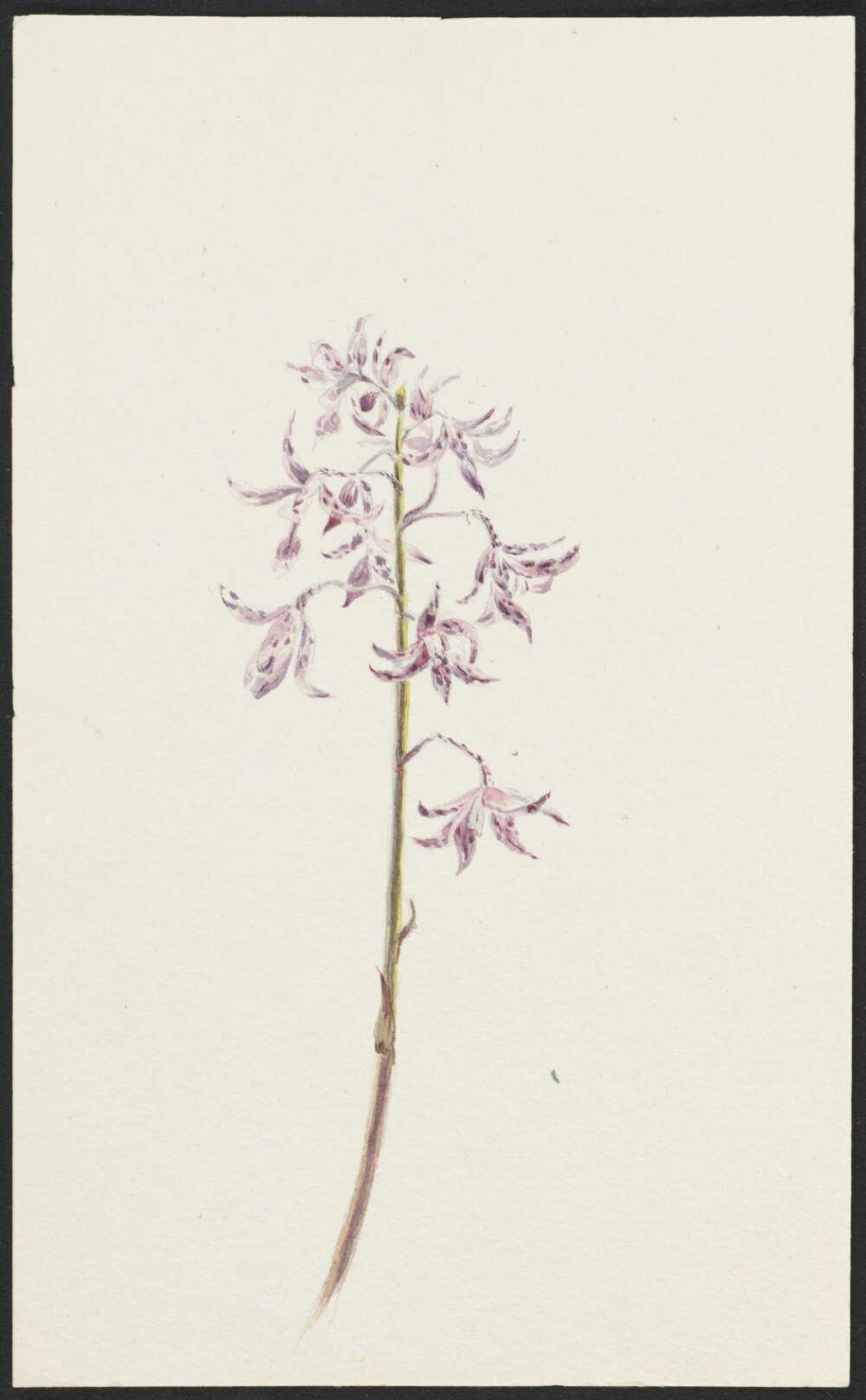
'Orchid, Manly Beach, N.S.W. January 10th, 1883' inscribed on back - unknown artist. Retrieved from http://nla.gov.au/nla.obj-136184345
Marita Macrae OAM (Pittwater Natural Heritage Association - PNHA), to whom we turn when wondering 'What bird is that?' and 'What flower is this?' states it looks like a Dipodium species. aka Hyacinth Orchid, which has been recorded on North Head. Manlyites will also recall the name 'Fairy Bower' originally stemmed from the natural beauty of that place as perceived by a promoter of picnic grounds, in Charles Hemmington
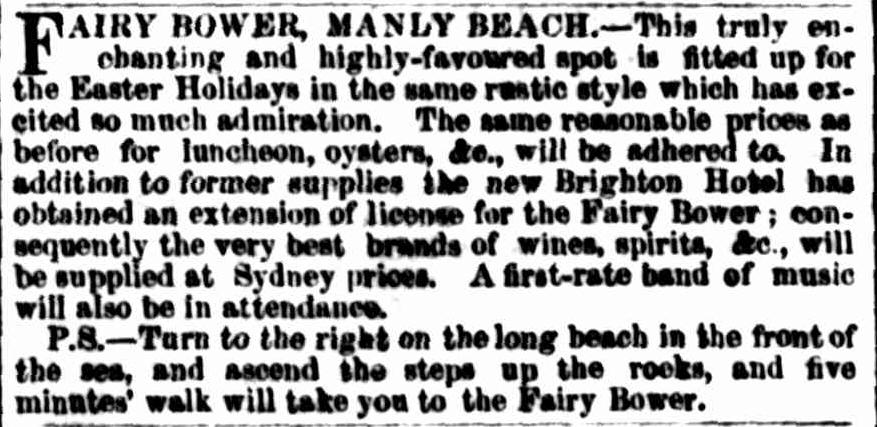
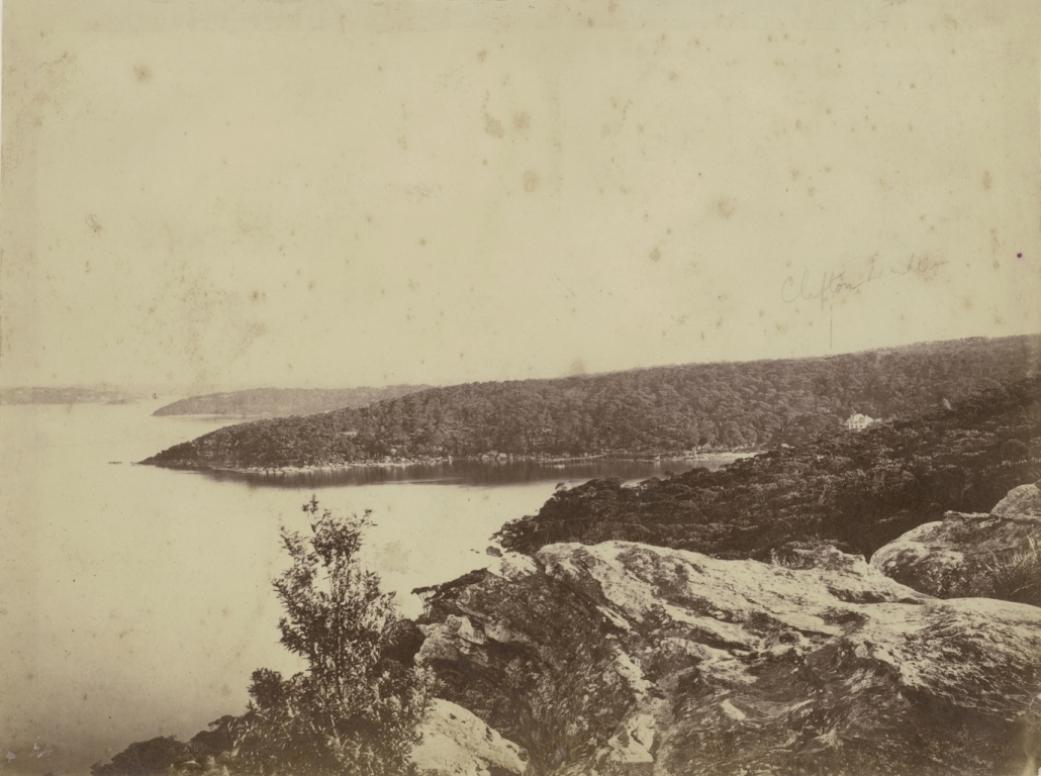
Dipodium Variegatum, Hyacinth Orchid. Family: Orchidaceae
The Hyacinth orchid is a saprophyte, which means it is a leafless plant which obtains nourishment from decaying wood or plant matter, usually in association with a fungus.
Dipodium variegatum has a green fleshy stem 40-80cm high, with a small leaf at the base. The flowers are pale pink with purple spots. The colour of the stem and the floweers distinguish it from Dipodium punctatum. There is a dense hairy patch on the labellum or tongue - the 'landing pad' for insects.
It prefers dry sandy soils in coastal forests, but grows in a variety of habitats. Dipodium variegatum flowers mainly August to January.
.jpg?timestamp=1582154146998)
''It is such a surprise to see the colour that this beautiful orchid (Dipodium variegatum) brings to the bush.'' photographed in Jannali NSW, December 21, 2008. Photo and caption by John Tann, Sydney
Ten Years Of The Krebs Lecture: + 2020 One Given This Week By Prof. Lindenmayer
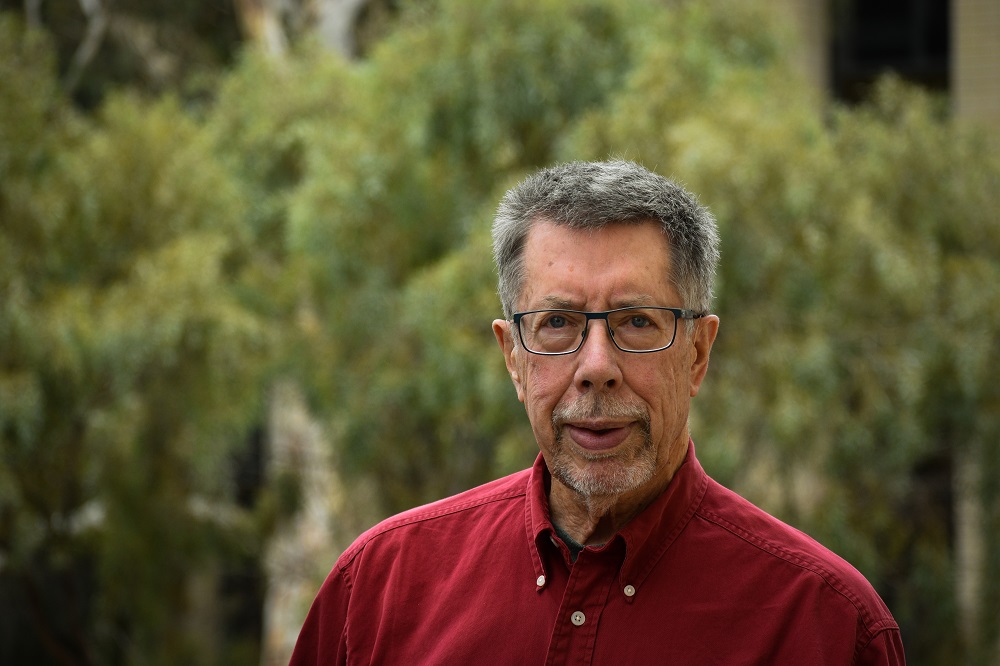
TEN YEARS OF THE INSTITUTE FOR APPLIED ECOLOGY’S KREBS LECTURE
2011: Charles Krebs What an ecologist tells us about sustainability
2012: Brian Walker Learning how to change: Lessons from ecology for an uncertain world
2013: Bob Brown Is democracy failing the biosphere?
2014: Tim Flannery A new approach to biological conservation in an era of climate change
2015: Peter Garrett How long can we keep biting the hand that feeds us?
2016: John Hewson Q: Climate Change A: Technology and innovation
2017: Jane Lubchenco Enough doom and gloom: Holistic approaches bring hope for people and the ocean
2018: Emma Johnston Life in the fast lane: How will our coasts respond to future change?
2019: Gene Likens Acid rain: A long and unfinished journey from discovery to political action
2020: David Lindenmayer From landscape transformation to ecosystem collapse: Key insights from long-term fire, forest and biodiversity research
South Coast Shorebird Hatching Boom Despite Bushfires
- 35 little terns at Mogareeka, near Tathra
- 10 little terns and three pied oyster catchers at Tuross estuary, despite fox attacks and high tides
- 5 pied oyster catcher fledglings near Durras Lake entrance.
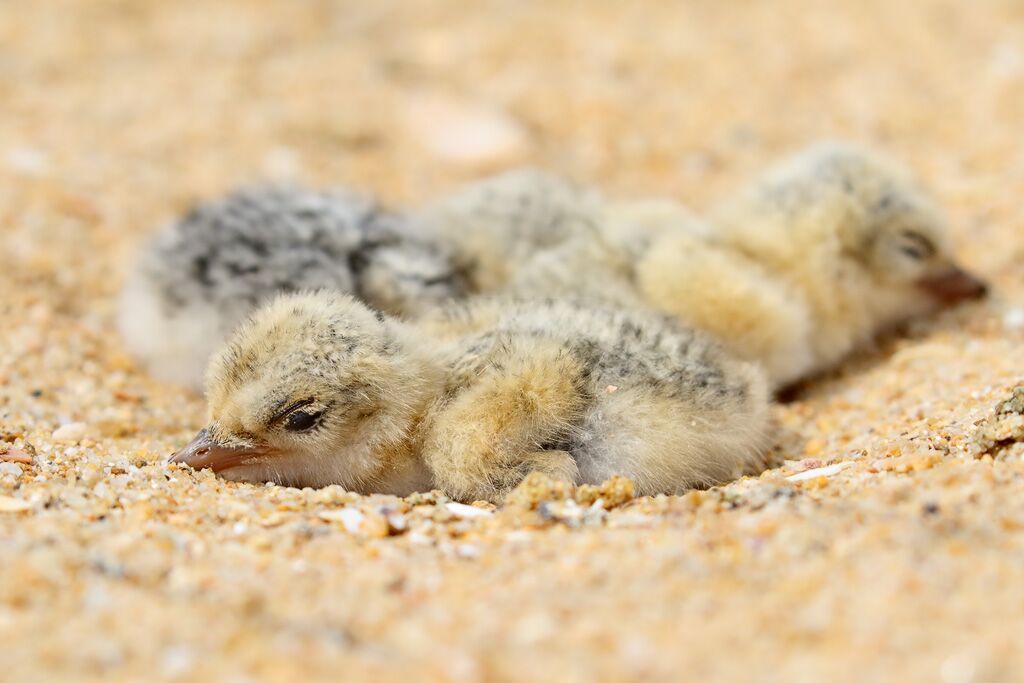
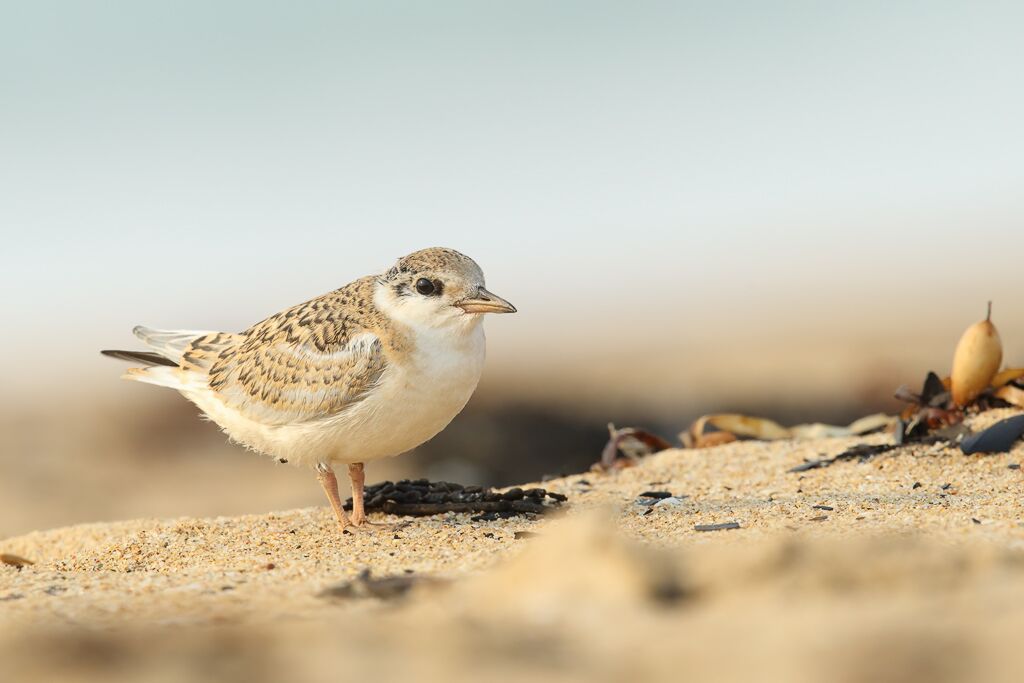
Mountain Pygmy-Possums Dig Into Food And Water
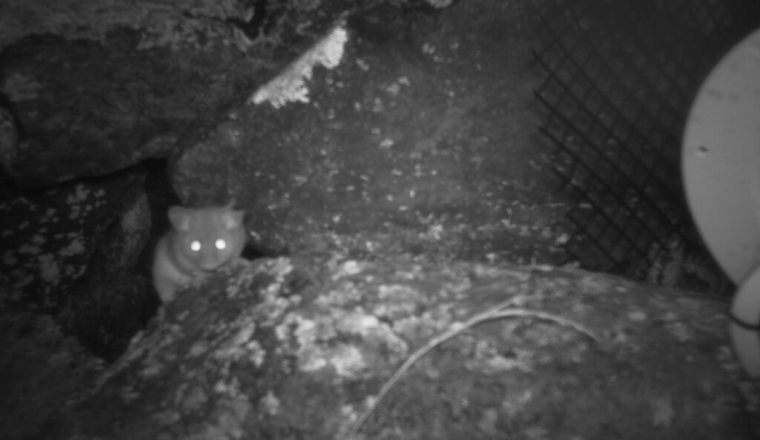
Unsure On Insurance: NSW Landholders Face Future Risks Should CSG Go Ahead
Bylong Community Steps Up To Court Defence Of Mine Refusal After Shock IPC Withdrawal
- the groundwater impacts would be unacceptable
- no evidence to support the Applicant’s claim that impacted Biophysical Strategic Agricultural Land (BSAL) can be rehabilitated post-mining to BSAL-equivalent
- given the expected level of disturbance to the existing natural landscape, the Commission does not consider that a recreated landscape post-mining will retain the same aesthetic, scenic, heritage and natural values; and
- greenhouse gas aspects of the Project remain problematical.
Incompetence And Cronyism Still Mar Water Management In NSW
Eraring Must Close By 2026 For NSW To Play Its Role In Keeping Global Heating Below 2 Degrees
- 14.9 million tonnes less climate pollution each year
- 760,000 tonnes less toxic ash piled on the shores of Lake Macquarie
- 200 tonnes less PM2.5 air pollution each year
- 17,000 GWh more clean energy generation, creating jobs and investment across NSW
- A transition plan and fund to ensure the local community and workers have a bright future.
- Rehabilitation of the coal ash dam to stop heavy metals leaching into Lake Macquarie.
Seven Football Fields Of Habitat For The Greater Glider
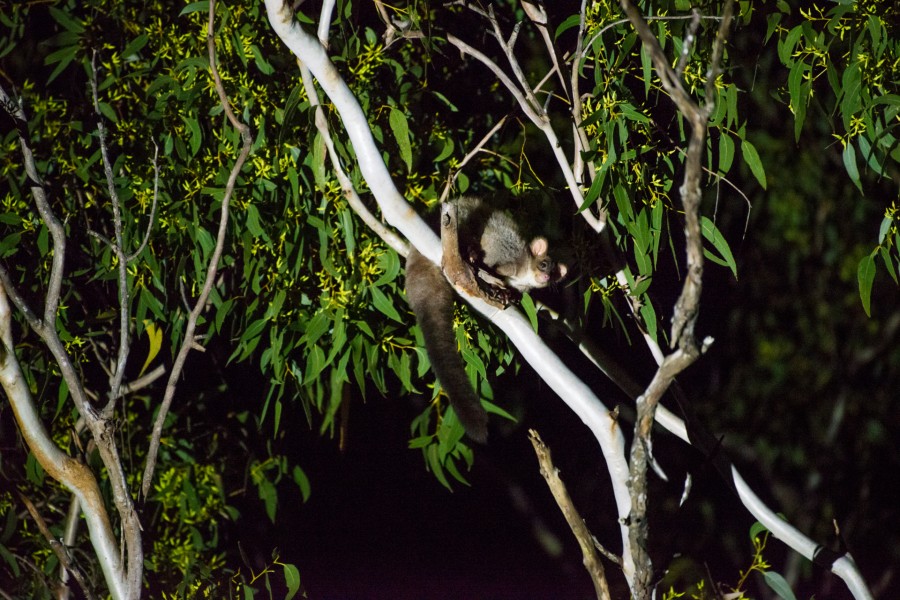
Warming Oceans Are Getting Louder
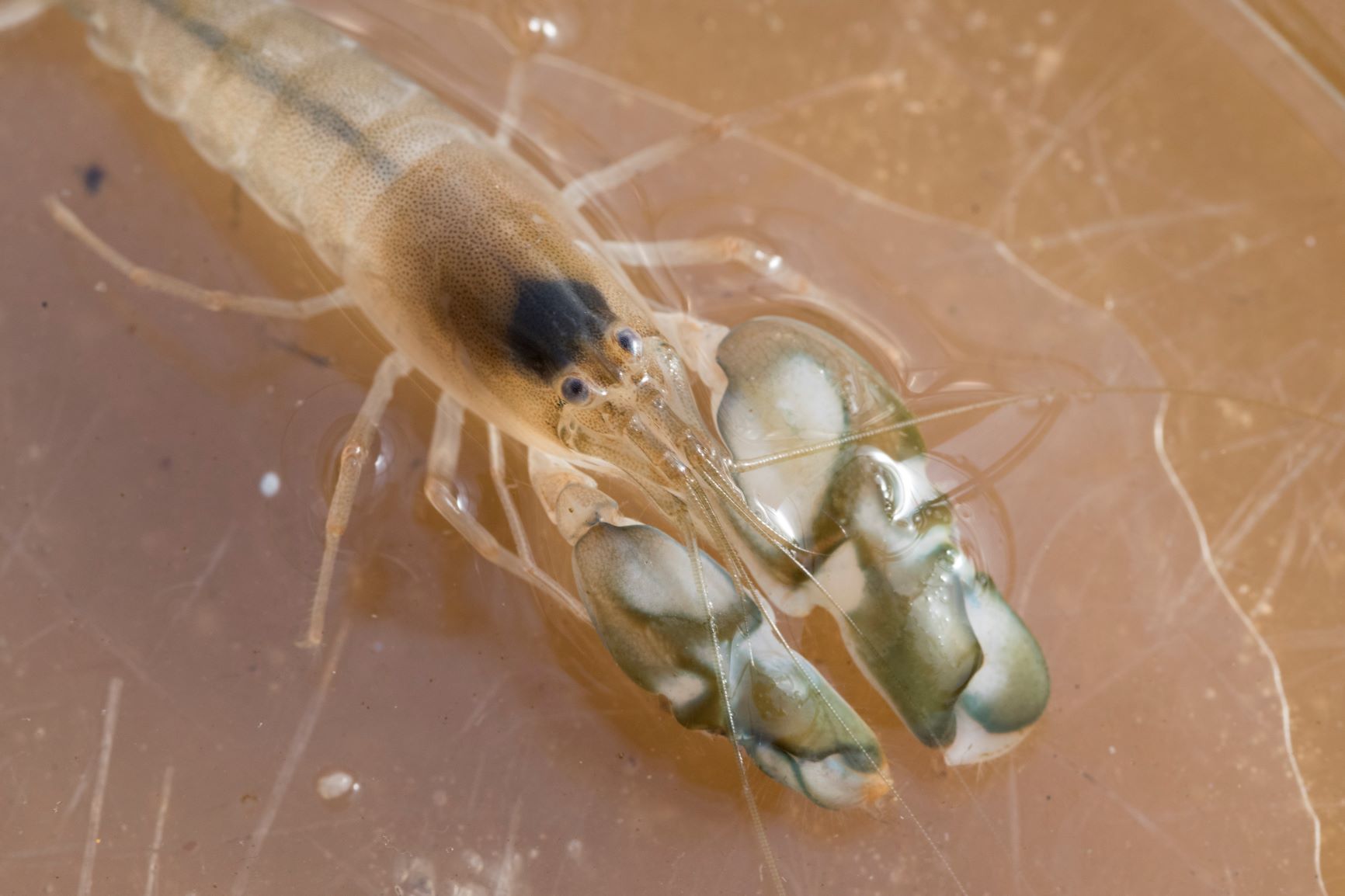
$5 Million To Seed Habitat Recovery
Roundtable To Help Steer Environmental Recovery In The Hawkesbury And Blue Mountains
Here Are 5 Practical Ways Trees Can Help Us Survive Climate Change
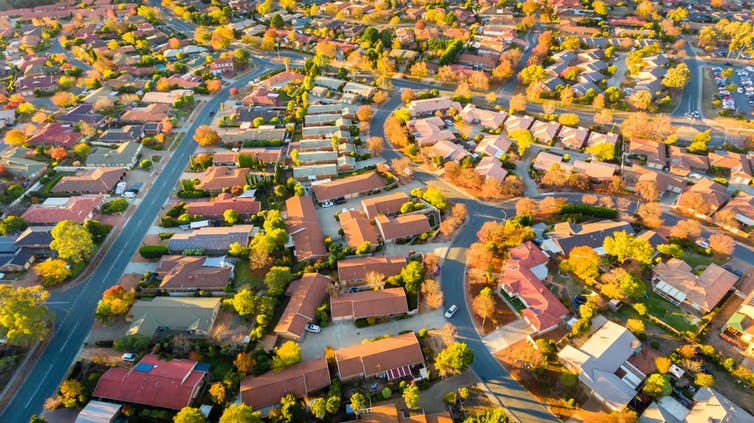
Aussie Bread Tags Collection Points

Fire-Ravaged School Gets The Best Garden On The Block And A BIG Day Out Courtesy Of Barrenjoey High School Band Night
February 18, 2020
Barrenjoey High School hosted a musical evening on Thursday this week with The Rions and Marvell playing to an Under 18's audience to raise funds for a Big Day Out for Mogo Public School students and staff at Nowra, which is what the students said they would like. Both bands have Barrenjoey High links, being current students or ex-students.
Max and Tom Marvell are Marvell – a singer/songwriting brother duo from here, while The Rions are Harley Wilson, Noah Blockley, Asher Mclean and Tom Partington. The Rions started in 2016 when the four boys were all in year 7. Initially just being Noah (the singer) and Harley (the guitarist) before Tom (the drummer) joined the two due to needing a drummer for their music assignment and later Asher after he moved to their school. A video by BHS P&C member Christy Bishop runs below, giving those that couldn't get there a snippet of the great sounds heard.
Mogo PS school is located on the Princes Highway ten kilometres south of Batemans Bay and six kilometres from Broulee. Although located on a busy highway at the southern end of the township, the school has extensive grounds along Mogo Creek. There are 58 students, with the school community extending from Tomakin, Mossy Point, Broulee to Mogo. There are two main buildings, one permanent classroom block housing the library and a primary class and the administration block, in addition to two demountables classrooms.
Over the Christmas-New Years break firefighters had to do all they could to save the schoolhouse. Six of the students also lost their homes.
Last week Mogo Public School students and staff received a morale boost when the Today Show and The Block rebuilt the school gardens, lost during bushfires which ravaged the town on New Year's Eve.
Acting principal Lyndall Schuchmann said the rebuilding of the gardens and chicken coop was a great community effort, bringing everyone together after a tough couple of months on the south coast.
'The children have been so excited and it's been wonderful how the whole community has come together to work on creating this great space,' she said.
'The students have been involved the whole way. They understand and appreciate that all of this is about people who are trying to do something good and make their lives better.'
Ms Schuchmann said many parents, grandparents, community members and local businesses had helped Tess and Luke Stuber (the most recent Block winners) and Block landscaper Dave Franklin to complete the garden.
It was unveiled on air during the Today Show last week.
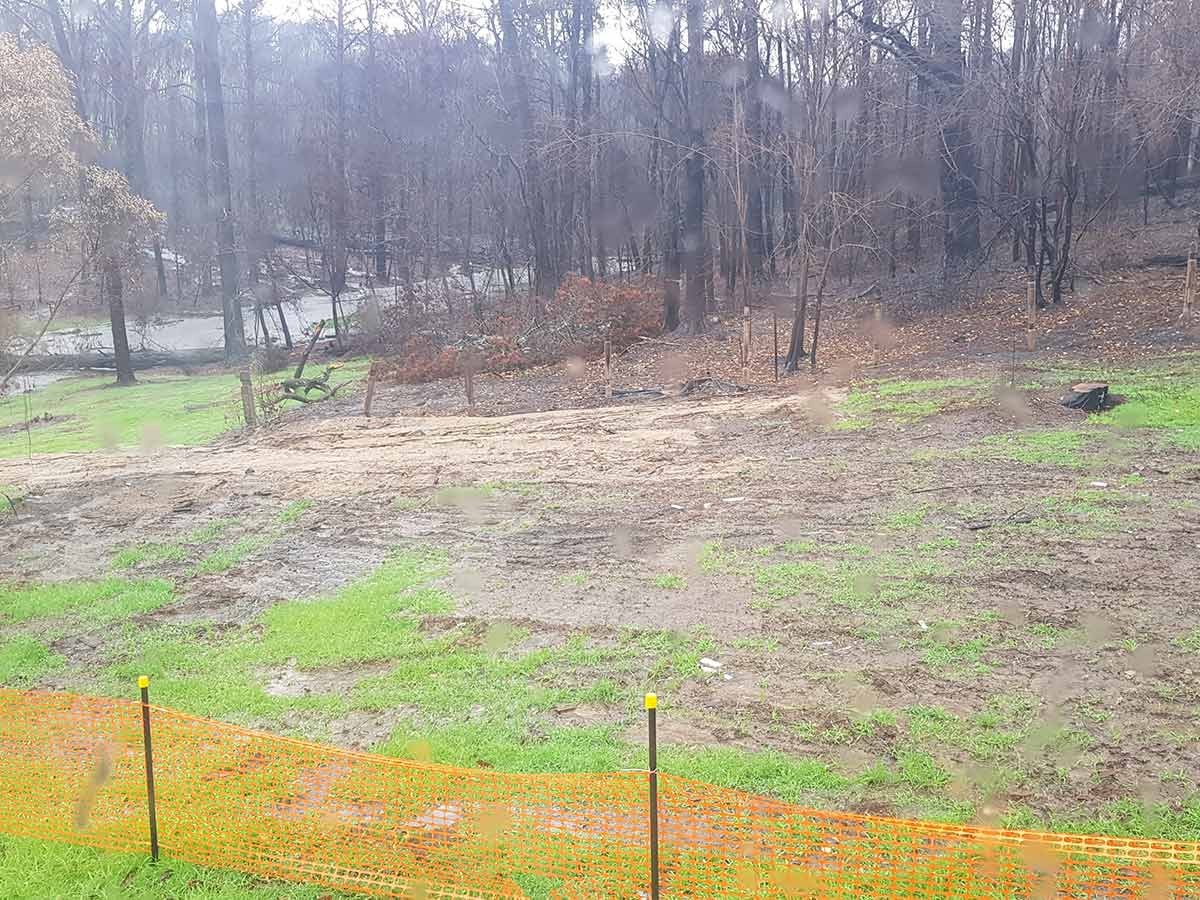
Fire destroyed the school garden
'It was lovely having so many people come in and help and understand the philosophy of this garden, which is all about giving back, Ms Schuchmann said.
'We feel so fortunate to have so many people that wanted to help us and we felt it was important that this garden is all about giving - giving edible plants for animals to Mogo Zoo, giving to the school canteen, and giving produce to the students and their families.'
Tess and Luke spent time in each classroom over the week, talking to the students about what was going on in the garden and challenging each class group to choose names for the new school chickens.
'We saw on the news how devastating the fires were and we really wanted to be able to get involved and to do something positive, so as soon as we were asked we said yes straight away,' said Tess.
'Everyone we have spoken to has a story of dealing with the fires and some are so devastating, and yet everyone has a smile on their face and is happy to donate their time, and local businesses are happy to donate materials to make this happen.'
Luke added that it was the very least he and Tess could do to lend a hand to build the garden.
'It's an amazing thing about the Aussie spirit and how people are here, some of whom have lost so much, already thinking about how they are going to give back through this garden,' Luke said.
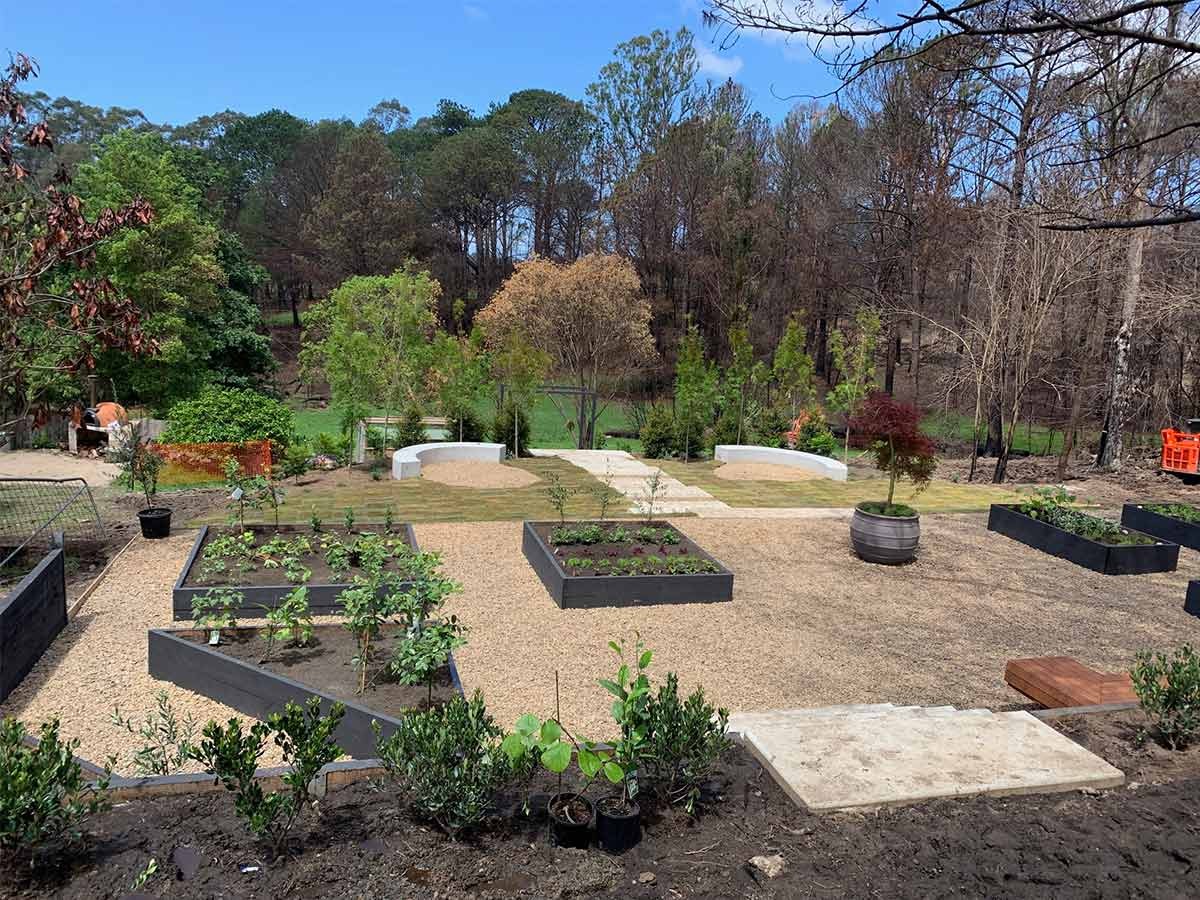
New gardens and play areas after the landscaping makeover.
'We just want to make the kids smile.'
Tess and Luke said with the help of the students they had settled on seven names for the new chickens: Tess, Lou Lou, Sparkles, Peggy, Bianca, Bella and Big Mumma.
'We feel very honoured that they named a couple after us, it was very sweet,' Luke said, adding that he hoped they would live a long and healthy life in their new coop.
Year 4 student Skye Nye said she enjoyed having Tess and Luke at the school during the week.
'It's like we're famous now too,' Skye said after being filmed and photographed with the celebrities.
'We're excited and I really like the garden and going out there.'
The fully landscaped garden area includes a fruit orchard, vegetable and herb gardens, a lawn area for the students to play, seating areas for informal classes, a new chicken coop, and an indigenous bush tucker garden developed in conjunction with the school's Aboriginal Education Officer, Kizzy Nye, and local rangers.
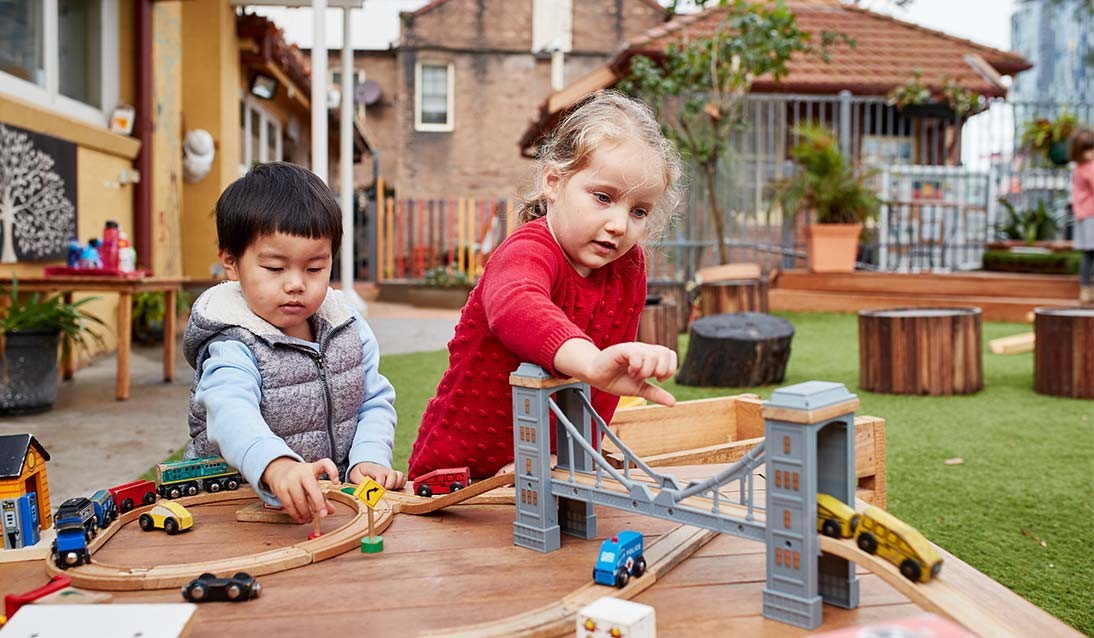
Principal Lyndall Schuchmann, left, with students and The Block winners, Luke and Tess Stuber.
Lifeline Classic 2020

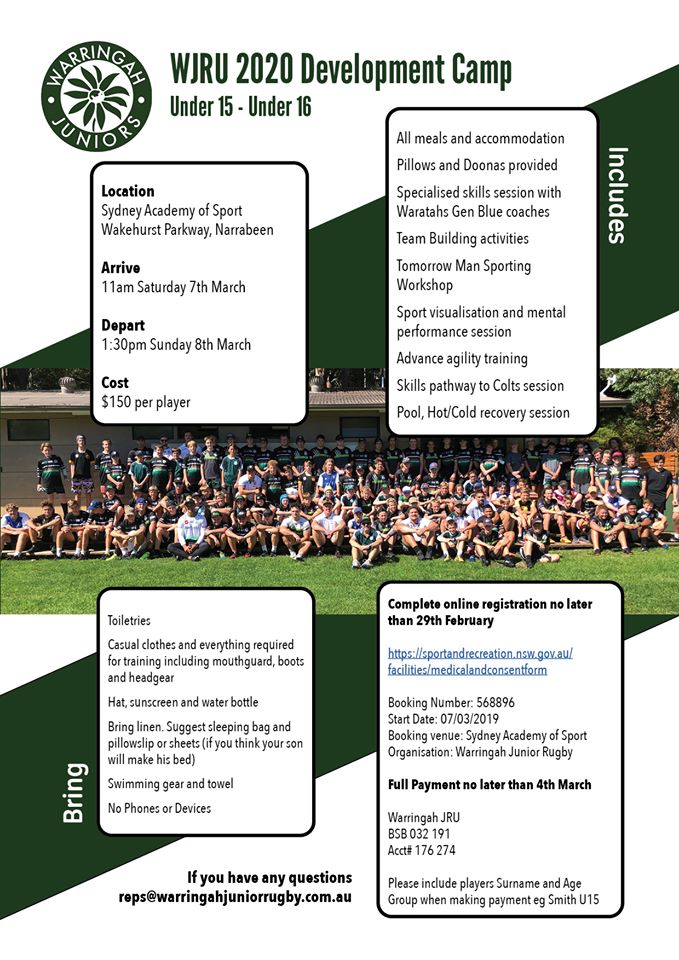
Ocean Friendly School Canteens Here
Did you know there are now 6 Ocean Friendly accredited school canteens in our area? These are single use plastic free, waste reducing and deliciously nutritious. Schools are setting sustainable standards for future generations.
Well done Wheeler Heights Public School, Bilgola Plateau Public School, Barrenjoey High School's Sandbar Cafe, St Johns Baptist Public School Balgowlah, St Cecilia's Catholic Primary School Balgowlah and Explore & Develop Brookvale.
Ocean Friendly - February 17, 2020
A video about one of these schools runs below:
Do You Know Any Budding Marine Biologists?
Applications are now open for year 11 and 12 students to experience life as a marine biologist for one week on Tasmania’s Maria Island.
There are four free scholarships for Tasmanians and five for interstate students, as well as 15 non-scholarship places.
Learn more and apply here: http://bit.ly/37CgkhV
NB: This unit is offered via the University Connections Program at the University of Tasmania, and open to all year 11 and 12 students in Australia - closes 24/2/2020
This unit, A practical introduction to temperate marine biology, is an introduction to UTAS's Bachelor of Marine and Antarctic Science.
- When you apply, you automatically go into the running to win one of nine scholarships to fully fund your marine biologist experience. Scholarship package includes:
- Accommodation, airport transfers and return economy airfares from your nearest capital city to Hobart for our five interstate recipients
- Transport from Hobart to Maria Island return, including ferry crossings
- All catering while on Maria Island
- Hire of all required diving and survey gear
- Field excursion fee of $645 for the program A Practical Introduction to Temperate Marine Biology
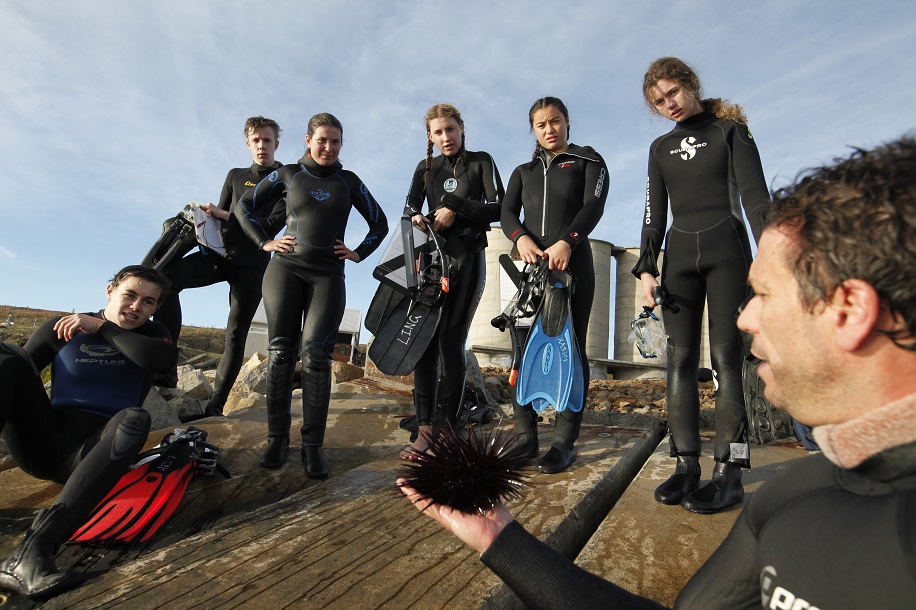
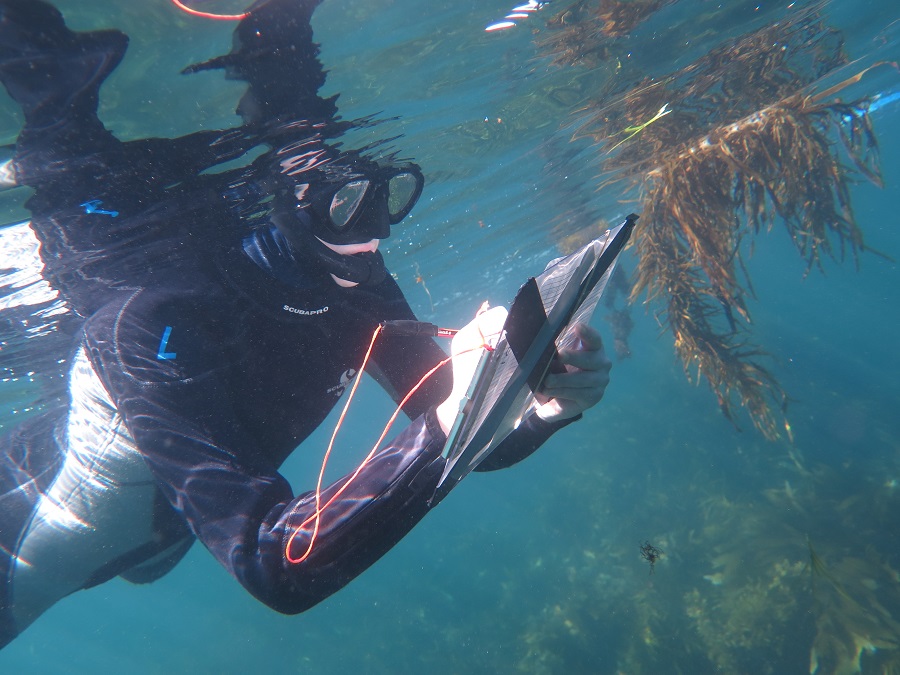
‘How Do I Control My Oily Skin And Prevent Pimples?’ A Dermatologist Explains: From The I Need To Know Series For Teenagers - Put Together By The Conversation
How can I control the excessive oil secretions on my face that leads to acne? Anonymous
Answered by Celestine Wong, Consultant Dermatologist, Monash Health
Pimples are the worst! They hurt, pop up overnight and can be impossible to hide.
You’re right that oily skin is believed to be the most critical factor for causing acne.
But rest assured, there are a few things you can do to keep your oil at bay and control the likelihood of a break out.
Why am I so oily… all the time!
Before we start talking about how to avoid acne, let’s chat about why oily skin causes acne.
Oily skin is caused by the overproduction of sebum by an overactive oil gland (also known as the pilosebaceous unit, which is just a fancy term for a hair follicle and its oil gland).
There are a few reasons we get acne, one being the pore of the oil gland can be blocked – this can be made worse by using certain types of makeup.
Some of our hormones during puberty drive sebum overproduction, hence acne-overload. Fun fact: anabolic steroids, typically used by bodybuilders, can trigger acne too.
Acne bacteria lives on the skin and its overgrowth around your oil glands can worsen inflammation and pus formation. This is what causes acne to hurt sometimes.
If there’s a strong history of acne in your family, there’s a good chance you might get it too.
It is also linked to medical conditions such as polycystic ovarian syndrome.
Trust me on this, a proper skin routine is everything
As a dermatologist, I recommend cleaning your face every morning and evening. If you wear make up, ALWAYS wipe it off before going to bed – no excuses!
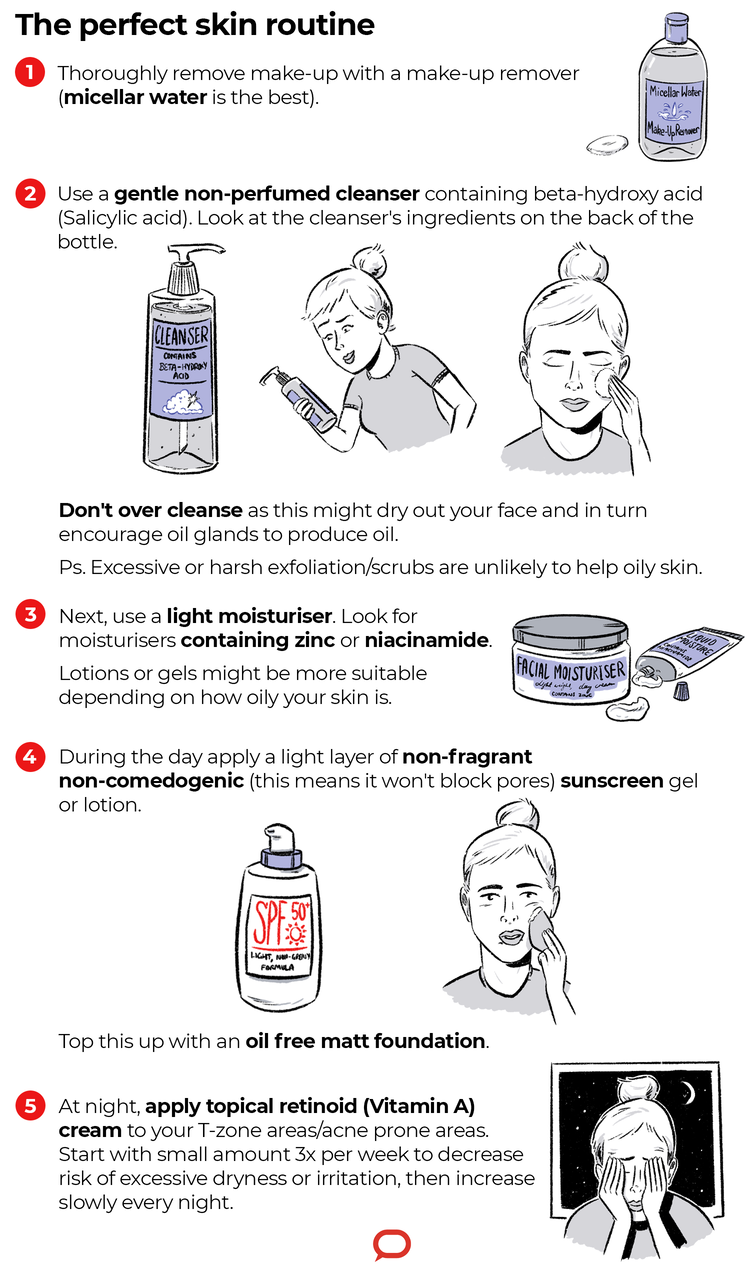
The Conversation, CC BY-ND
Using pore-clogging oil-based make up can worsen or cause acne. This can become worse if make up is not thoroughly removed!
If you want to hide your acne with make up, just be sure to use brands that contain good ingredients (I talk a bit more about this below).
A few tips to help keep your skin clear
Diet: Eat a healthy balanced diet containing low glycaemic index food groups with complex carbohydrates and omega-3 fatty acids. There might be a role for oral zinc supplements. It is best to avoid sugary, processed and refined food.
Make up and hair products: If you choose to wear make up, opt for mineral-based foundations, eg. La Roche Posay, Bare Minerals, Nude by Nature, Jane Iredale, Youngblood and Ultraceuticals. Wash your hair regularly with shampoo, especially if you’re using hair products and if you have oily hair or scalp. Avoid using oil-based products on your face and beware of oil-based pomades and hair wax, especially near your forehead.
Regular use of a good quality broad spectrum SPF 30 and above ultralight sunscreen lotion: This reduces early onset wrinkles, pigmentation issues and in the long-term reduces your risk of developing sunspots and dangerous skin cancers.
Maintain a healthy weight and embrace exercise: Not only is this good for mental health (stress can lead to acne), it also reduces levels of acne-causing hormones.
About to leave the house and still feel oily?
I recommend using a blotting paper or oil-control film when this happens. They aren’t too expensive – Target sells packs of 100 for A$5 – and can be bought at supermarkets and pharmacies.
You can also apply a thin layer of mattifying gel or a mineral-based loose powder foundation to reduce and absorb excess oil.
Some final words of advice
- Use oil-free and non-comedogenic cleansers, moisturisers and make up. When picking a foundation opt for “oil free” liquid silicone (dimethicone or cyclomethicone) matte foundations over oil foundations
- remember to thoroughly remove your make up with a make up remover
- avoid touching, picking or scratching your pimples
- if you feel your acne is particularly bad, make sure you see your GP or get a referral to see a dermatologist. It’s always best to get on top of your acne and reduce risk of acne scarring.
___________________________________________________________
I Need to Know is an ongoing series for teens in search of reliable, confidential advice about life’s tricky questions. If you’re a teenager and have a question you’d like answered by an expert, you can: submit your question anonymously through Incogneato, or DM us on Instagram.
Please tell us your name (you can use a fake name if you don’t want to be identified), age and which city you live in. Send as many questions as you like! We won’t be able to answer every question, but we will do our best.
Insufficient Evidence Backing Herbal Medicines For Weight Loss
Mother Nature: Reshaping Modern Play Spaces For Children's Health
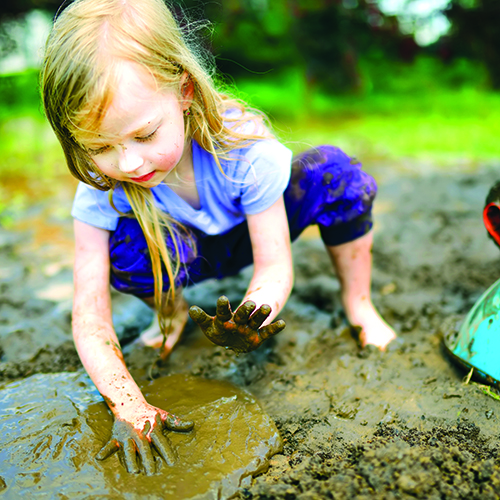
Rogue Cells At Root Of Autoimmune Disease
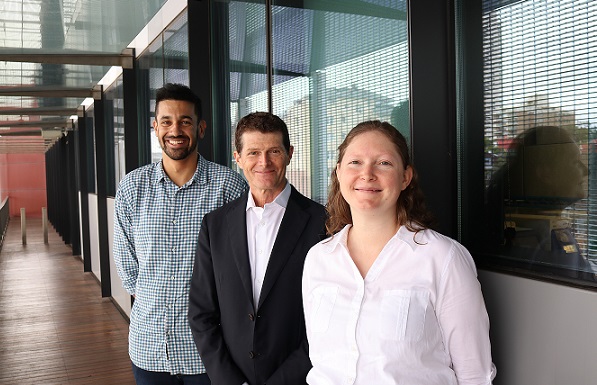
Rare Footage Of Don Bradman In Colour On February 26th, 1949
NSWVGA Stroke-Play Championships
%20smaller.jpg?timestamp=1582402798178)
New Research Shows Seniors Are Taking On More Mortgage Debt
Ensuring Senior Australians Can Access The Support They Need
- $7.4 million has been invested in system navigator trials to understand how we can better help people access aged care services. We remain focused as the important work of the Royal Commission continues and anticipate its final recommendations on November 12.
- A further $10 million has been committed for Culturally and Linguistically Diverse (CALD) system navigator services.
- In 2018-19, the assessment workforce completed over 440,000 face-to-face assessments to support older Australians seeking aged care services.
Memory Games: Eating Well To Remember
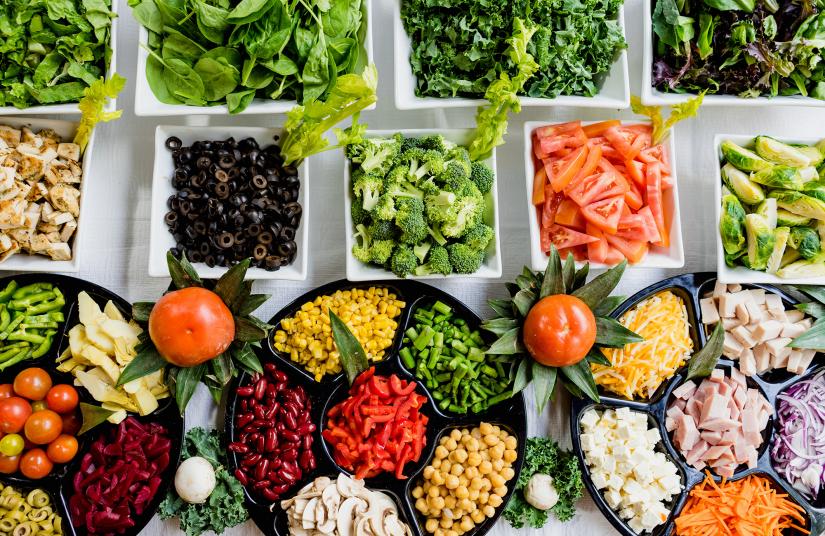
A Safe Time Had By All


Better Housing For Ageing Seniors – National Seniors Budget Call
For The Pension To Work – Let Pensioners Work
Wallpaper Conservation At Buckingham Palace
Ancient Plant Foods Discovered In Arnhem Land, Australia

Exposure To Cleaning Products In First 3 Months Of Life Increases Risk Of Childhood Asthma
New World Record For Conversion Of Solar Energy To Electricity Using Quantum Dots

- Professor Lianzhou Wang is an Australian Research Council Laureate Fellow based in the School of Chemical Engineering at UQ’s Faculty of Engineering, Architecture, and Information Technology (EAIT) and Australian Institute for Bioengineering and Nanotechnology (AIBN)
- The University of Queensland is a Global top 50 university, ranked 33rd in the world for Chemical Engineering
- The National Renewable Energy Laboratory (NREL) in the US recognised UQ’s world record for quantum dot solar cell efficiency, after verifying independent testing. Professor Wang’s team achieved 16.6% efficiency – the previous world record in quantum dot solar cell category was 13.4%.
Disclaimer: These articles are not intended to provide medical advice, diagnosis or treatment. Views expressed here do not necessarily reflect those of Pittwater Online News or its staff.